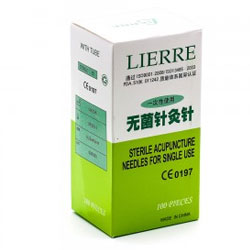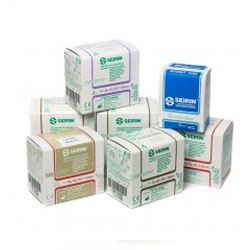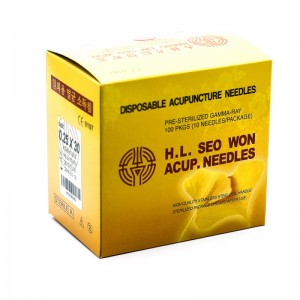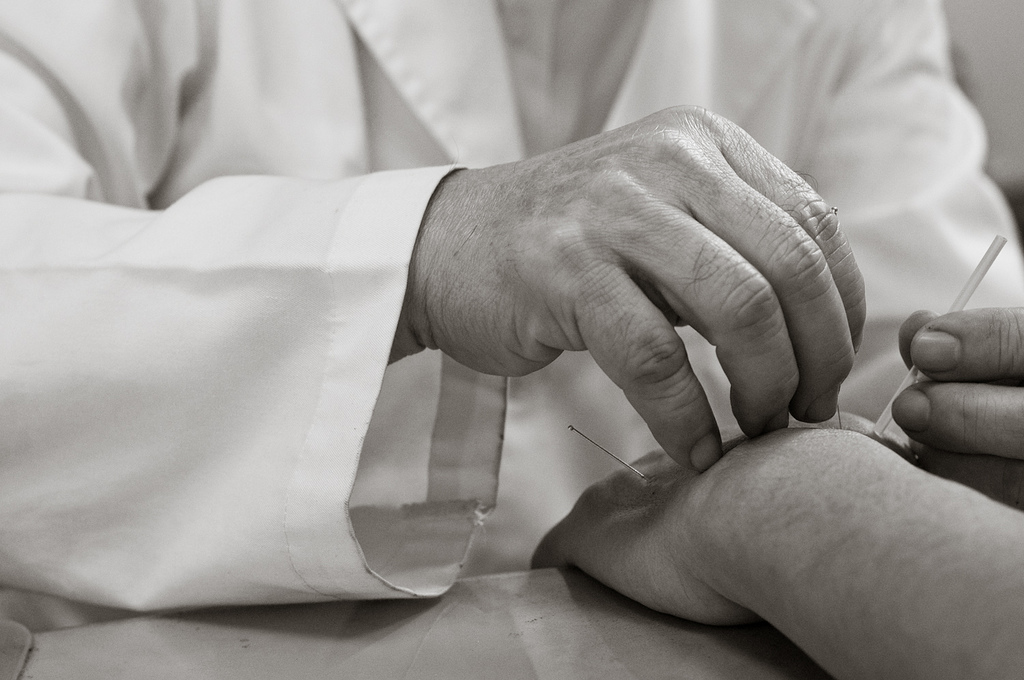There are different styles of acupuncture available in the world. The most popular and well-known styles are Japanese Acupuncture, Korean Acupuncture and Traditional Chinese Acupuncture. But there are differences exist during the practices of these acupuncture styles.
Chinese medicine first arrived in Japan through Korea in the 6th century. From that moment of the time, it has been practiced in Japan and Korea for over 1400 years.
However, different places have different living environment and medicines. Japanese and Korean acupuncturists started to have their own methods and medicines for their practices.
It is not only important for us to know the differences are existing but also know the exact differences between these three acupuncture styles.For professionals, it could help with choosing the acupuncture supplies. For patients, it could help with choosing the acupuncture experiences.
Traditional Chinese Acupuncture (TCA)
“Qi” (气) sensation takes an important role in TCA. During the therapy, acupuncturists gently rotate the acupuncture needles and take deeper insertion during the therapy to improve the sensation of “Qi”. In addition, the TCA needles have larger size than Japanese and Korean Acupuncture along with copper handles. Because of the method and the needle size, patients can feel the needles and insertions.

Apart from that, more needles are used and they are inserted into a wider range of the body during TCA.
As a result, better improvement can be seen after the traditional Chinese acupuncture therapies.
Japanese
Japanese acupuncture is influenced by western medicines and use more herbs during the therapy. Japanese acupuncture relies more on information from palpation. The Japanese needles are thinners and smoother. At the same time, insertions are shallow and gently which is mainly on the surface of the body for minimal manipulation. Guide tubes for needle insertion are commonly used during Japanese acupuncture therapies.

In order to be more gentle and relaxing, moxa are universal used by Japanese acupuncturists during the therapies. Incorporation the technique of moxibustion with acupuncture takes an important role. This involves burning stick Moxa over the patient’s skin before insertion needles. This warming sensation improves the relaxation of patients.
Korean
Korean acupuncture is often called Saam or Four Needle Technique or Element Treatment Style. All of the insertion points are located only on the hand, rather than spanning across the entire body. Because it only focuses on hand, it will have less manipulation on body. This makes Korean acupuncture unique and different from Japanese and Traditional Chinese acupuncture. The concept behind the four needle acupuncture is balancing concept. Korean acupuncture needles have no copper handle and the guiding tube is thinner than others. In addition, because some herbs cannot grow in Korea, there is less medicine involved in Korean acupuncture therapies.

Overall, all three different types of acupuncture therapies will improve the situation of the patients. But different patients are looking for different kinds of services and experiences. Someone who prefers less manipulation may interested in Korean and Japanese acupuncture therapies. Someone who prefers more powerful result may interested in Traditional Chinese acupuncture therapies.
Also different therapies need different types of acupuncture supplies to practice. If you are interested in find out more about the different between acupuncture supplies which including acupuncture needles and acupuncture charts, you can refer to Lierre.

